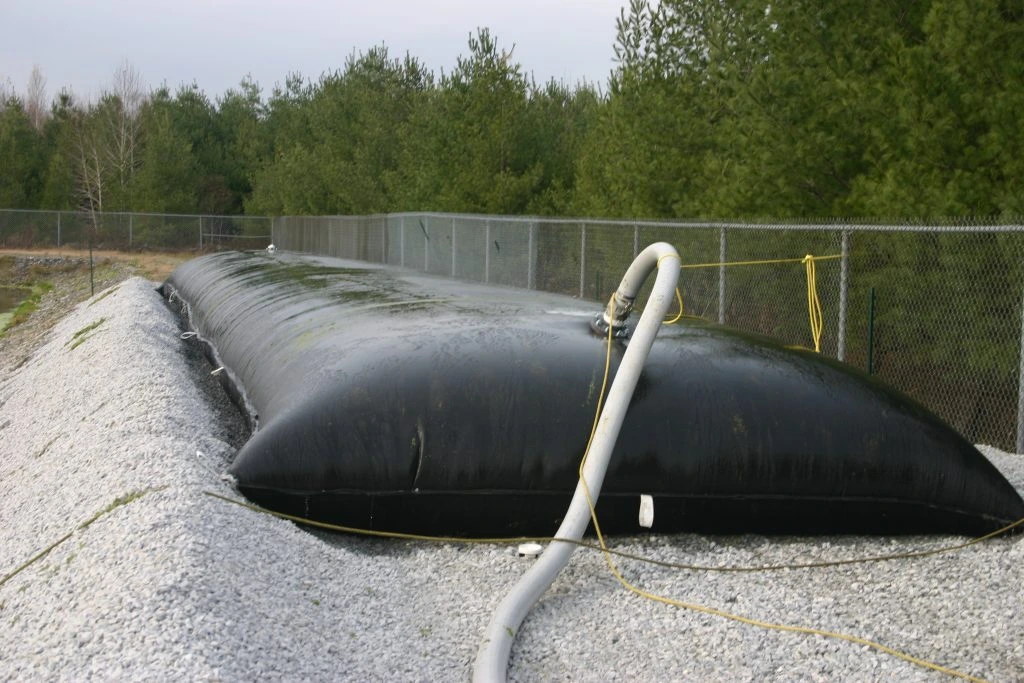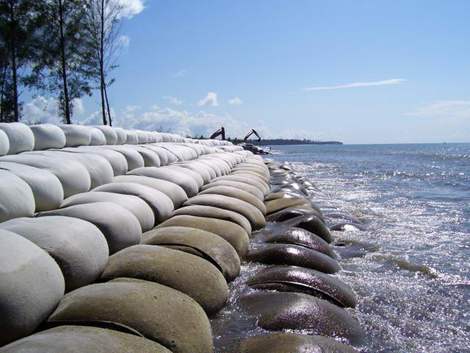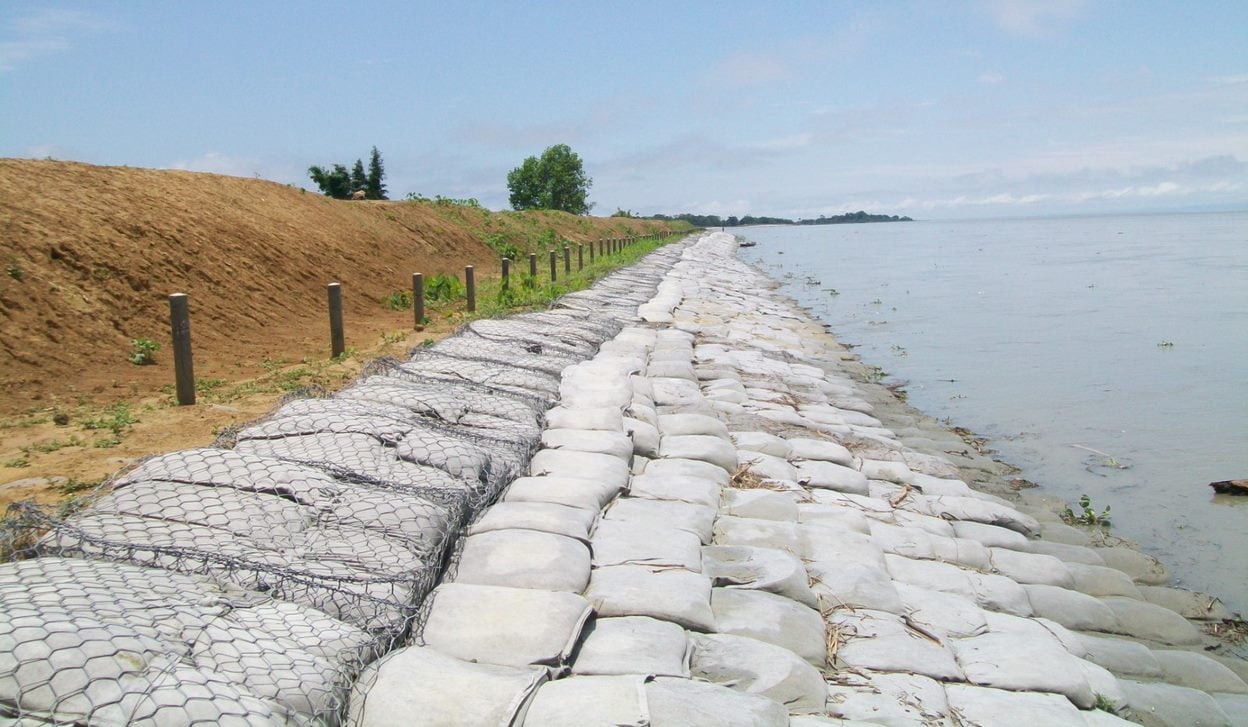Introduction
Geotubes and geobags are specialized geosynthetic containers used for dewatering, containment, and shoreline protection in various civil engineering and environmental applications. Here’s some information about geotubes and geobags:
1. Construction
Geotubes and geobags are typically made from high-strength woven or non-woven geotextile fabrics. The fabric is sewn together to form a tubular or bag-shaped structure, often with multiple layers for added strength and durability.



